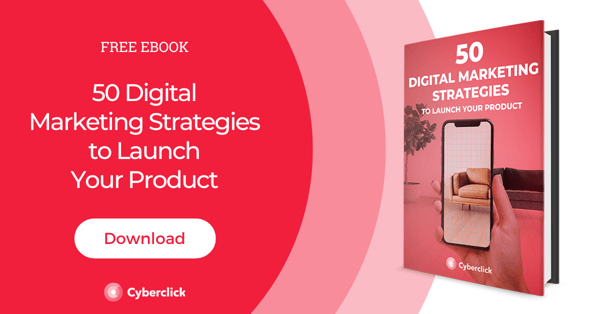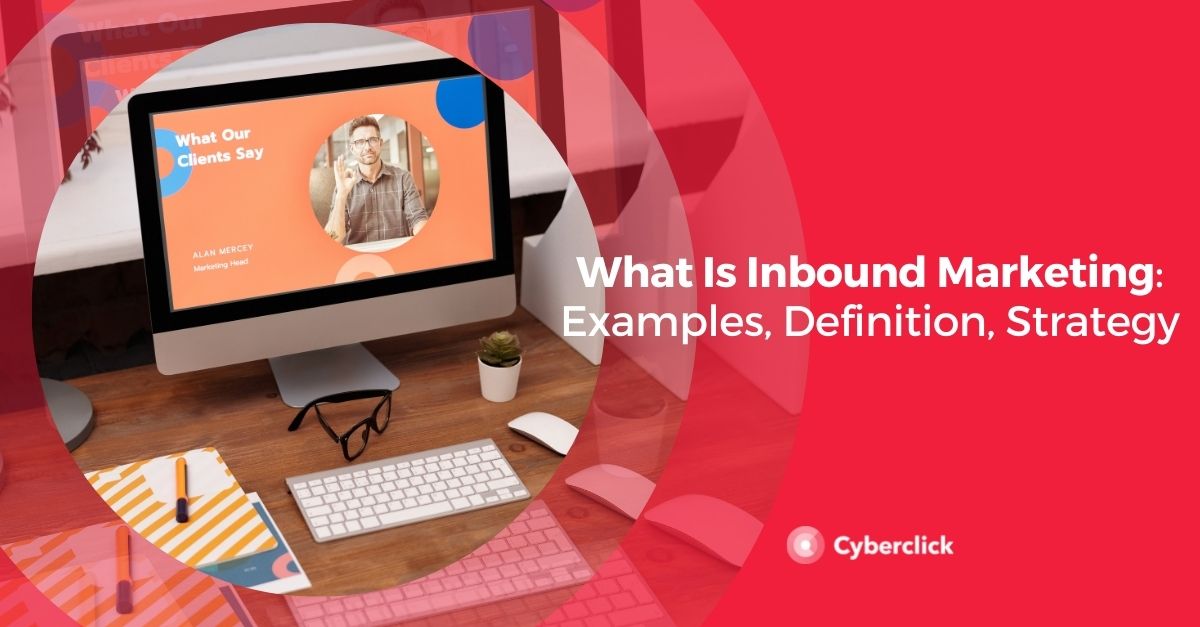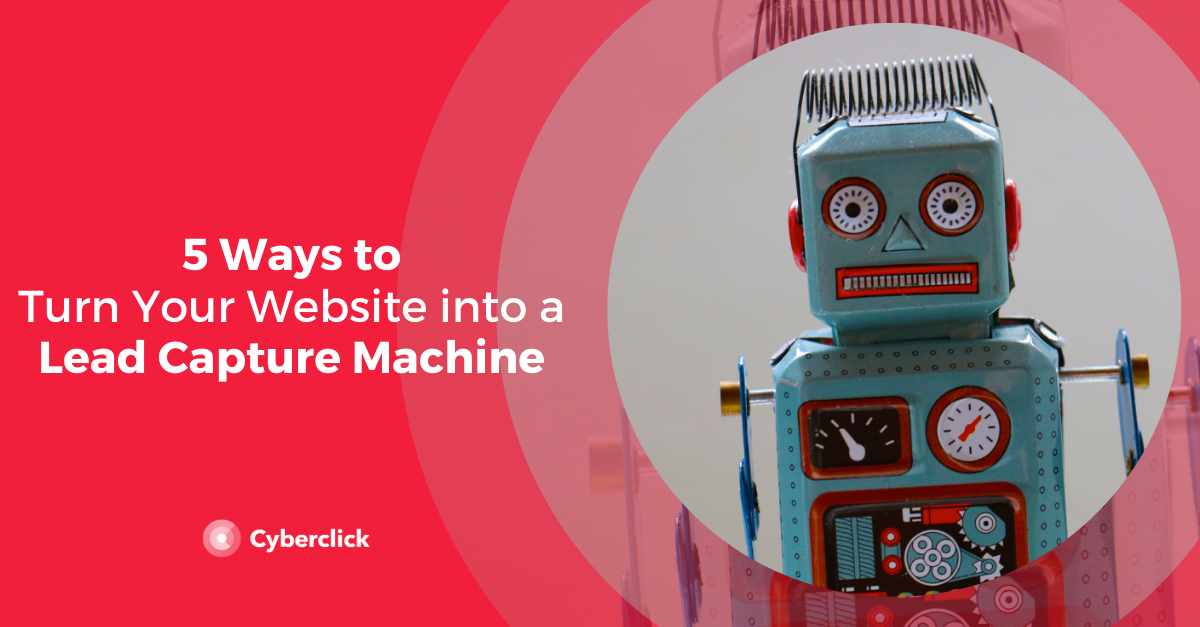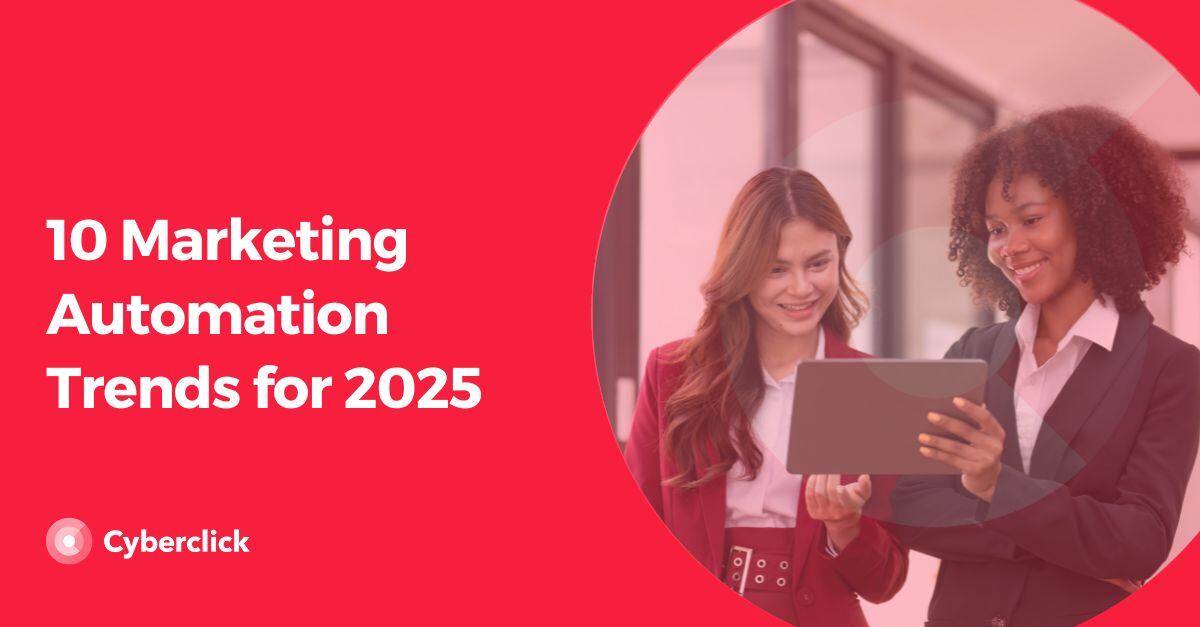Inbound marketing can be useful to companies of all industries and sizes, including small and medium enterprises (SMEs). Inbound is not only for large brands, as small and medium-sized businesses can also reap many benefits using an inbound strategy.
Let's review the benefits of inbound marketing for SMEs and dive into the best strategies to get your inbound plan up and running.
Benefits of Inbound Marketing for SMEs
- It's non-intrusive. Users are oversaturated with advertising on the internet and many of them ignore ads or even install ad blockers to get rid of them. Inbound marketing works differently - Instead of bombarding the user, we attract them to us so that they can consume the content they want, thus avoiding the oversaturation effect.
- It's more efficient than traditional advertising. Target ads can be effective, but we can never guarantee we’re targeting the right users with traditional advertising methods. But with inbound marketing, the users are the ones who are coming to us, so we know that these are high quality leads who are already somewhat interested in our brand or offerings.
- Improves brand reputation. The inbound methodology is based on generating quality content that attracts visitors. If you do it right, inbound can make your SME become a trusted ally, informing and advising potential users about their needs and questions. This enhances the perception of your brand, positioning your business as an industry expert and leader.
- It is more cost-effective than other forms of advertising. For SMEs, which tend to have tighter marketing budgets, inbound marketing can be an excellent option for getting more return on marketing investment. While other advertising methods have pay-per-click models, the largest investment for inbound is time, not money (unless you choose to work with an inbound marketing agency).
- It's a long-term investment. The content that we create for our brand forms a stockpile that accumulates visits, generates leads, and improves our reputation, without more investment than the initial one. This is what makes Inbound such a strong long-term strategy.
- Improves loyalty. Inbound techniques take into account the entire customer lifecycle, including after-sales. Therefore, it nurtures a quality relationship with the customer that results in more brand loyalty and repeated purchases over time.
7 Strategies of Inbound Marketing for Small Businesses
1. Analyze the Market
Before we start planning an SME inbound marketing strategy, it's important to be clear about the market situation. Even if you don't have a big budget for market research, we can always Google and conduct social research to see what your main competitors are doing, as well as what users think of them and your own brand.
Another key step in this analysis is to profile our ideal customer (aka buyer persona). By understanding your buyer persona, you should be able to answer these questions:
- Who is our ideal customer?
- What problem do they want to solve?
- How can they find our brand?
- What information do they need?
- What would be their reasons for choosing us?
2. Design a Conversion Funnel
Inbound marketing starts by attracting users to your website or other branded channels, but that's just the first step. Between the first contact and the final conversion, the user goes through different stages, called the buyer journey. Therefore, investigate what that customer journey looks like and design a strategy for each step.
3. Create a Content Plan
Content is a key part of inbound marketing, as it is through our content that we are able to attract potential customers.
Sometimes, SMEs may have a blog and start publishing without having a clear plan. To get the most out of your time, be clear about what content actually provides value to your prospects and design a publishing calendar that you can realistically keep up with.
4. Utilize SEO
For an inbound marketing strategy to work, your content needs to be visible and easy to find. And for that, it is essential that they are well positioned on Google.
The first step, therefore, is to do keyword research to determine what your ideal customers' searches would be. Keep in mind that as an SME, we will not likely be able to compete for the top keywords, but we will have the opportunity to position in searches for longer tail keywords, for example, "design agency for fashion stores in Malaga". Positioning for the top keywords is difficult even for large brands, so we must reach our customers using more unique key phrases.
5. Prepare Your Website for Lead Capturing
Once a potential customer has landed on your website, you need to collect their data in order to continue communicating with them. You can do this using your inbound marketing tools.
One of the most widely used tactics is to invite users to download valuable content in exchange for filling out a form. Ideally, create different landing pages for different types of users and content, so that they are as optimized as possible to meet your specific needs.
6. Create an Email Marketing Strategy
Once you’ve acquired your lead, you must nurture the relationship. A cost-effective strategy that usually produces good results is email marketing. There are very low-cost tools on the market that allow you to create automated email sequences, so you don't even have to be actively involved in the process.
7. Don’t Forget About After-Sales Services
When the lead has converted and made a sale, your relationship shouldn’t just end. Remember, it is more expensive to get a new customer than an old customer. Therefore, continue to communicate via email or other channels and send both valuable content and offers tailored to their tastes and needs. This will encourage the customer to become loyal to your company.
AI-Driven Business Digital Strategy Consultant en Cyberclick. Experta en ecommerce, experiencia de usuario (UX), inbound marketing y estrategias de CRO orientadas a maximizar las conversiones. Acompaña a las empresas en la integración de la IA en su negocio y en la toma de decisiones digitales para impulsar crecimiento y eficiencia.
AI-Driven Business Digital Strategy Consultant at Cyberclick. Expert in ecommerce, user experience (UX), inbound marketing and CRO strategies focused on maximising conversions. She helps companies integrate AI into their business and make better digital decisions to drive growth and efficiency.






Leave your comment and join the conversation